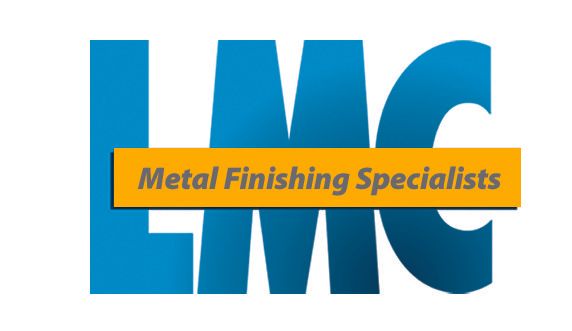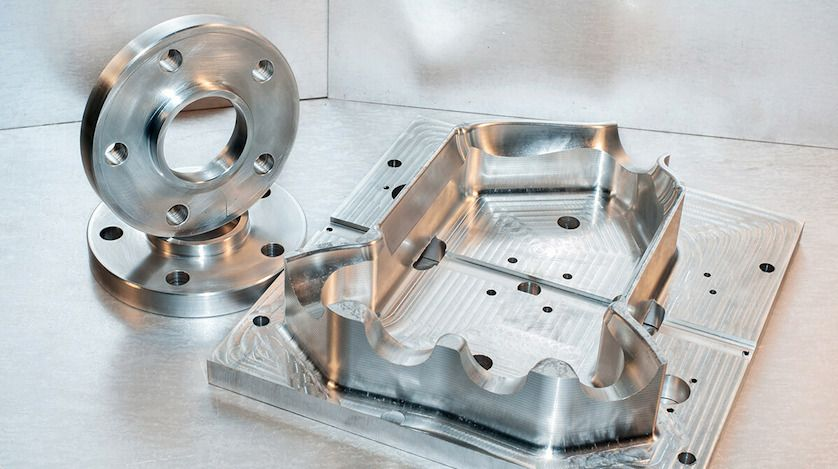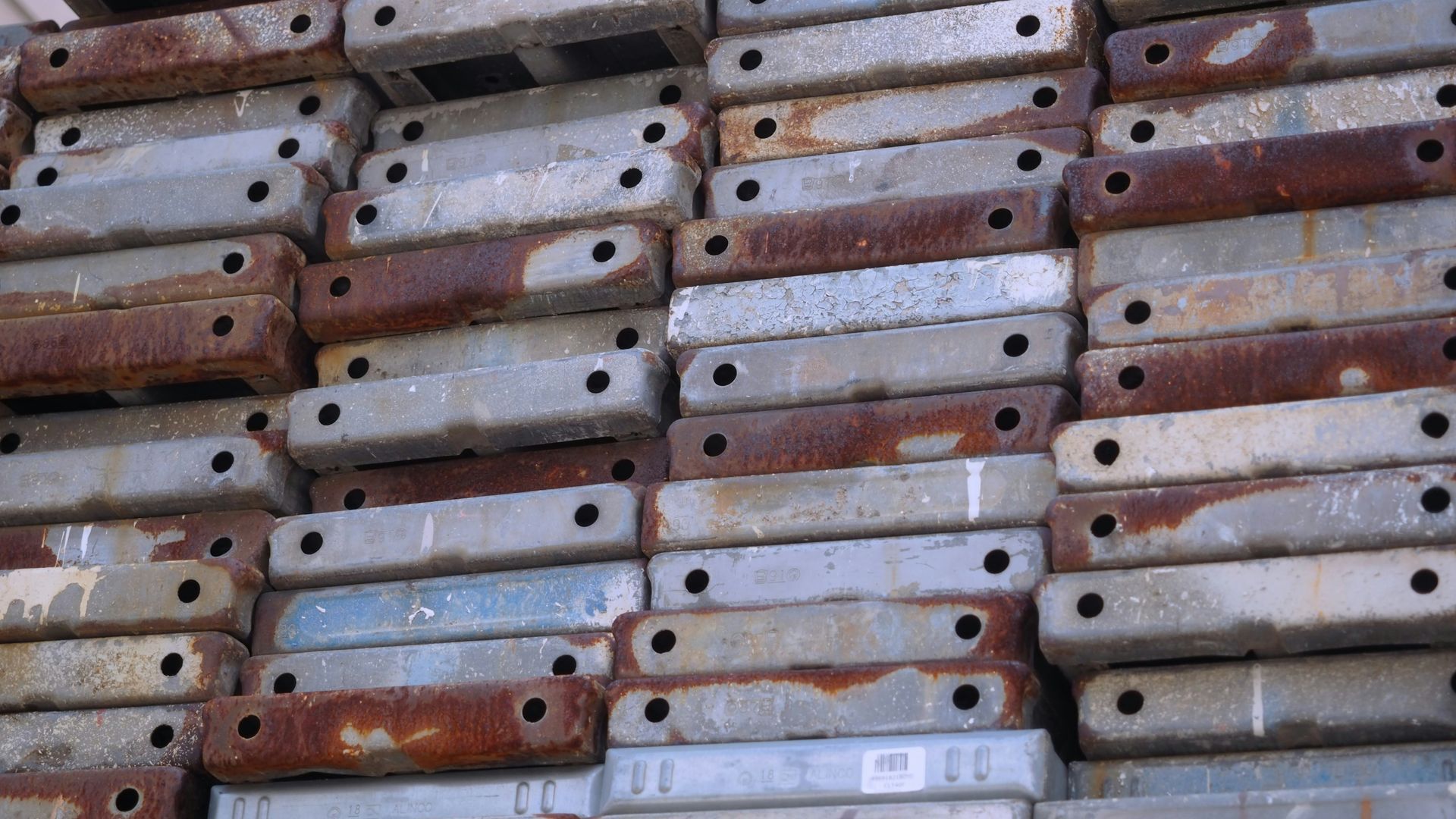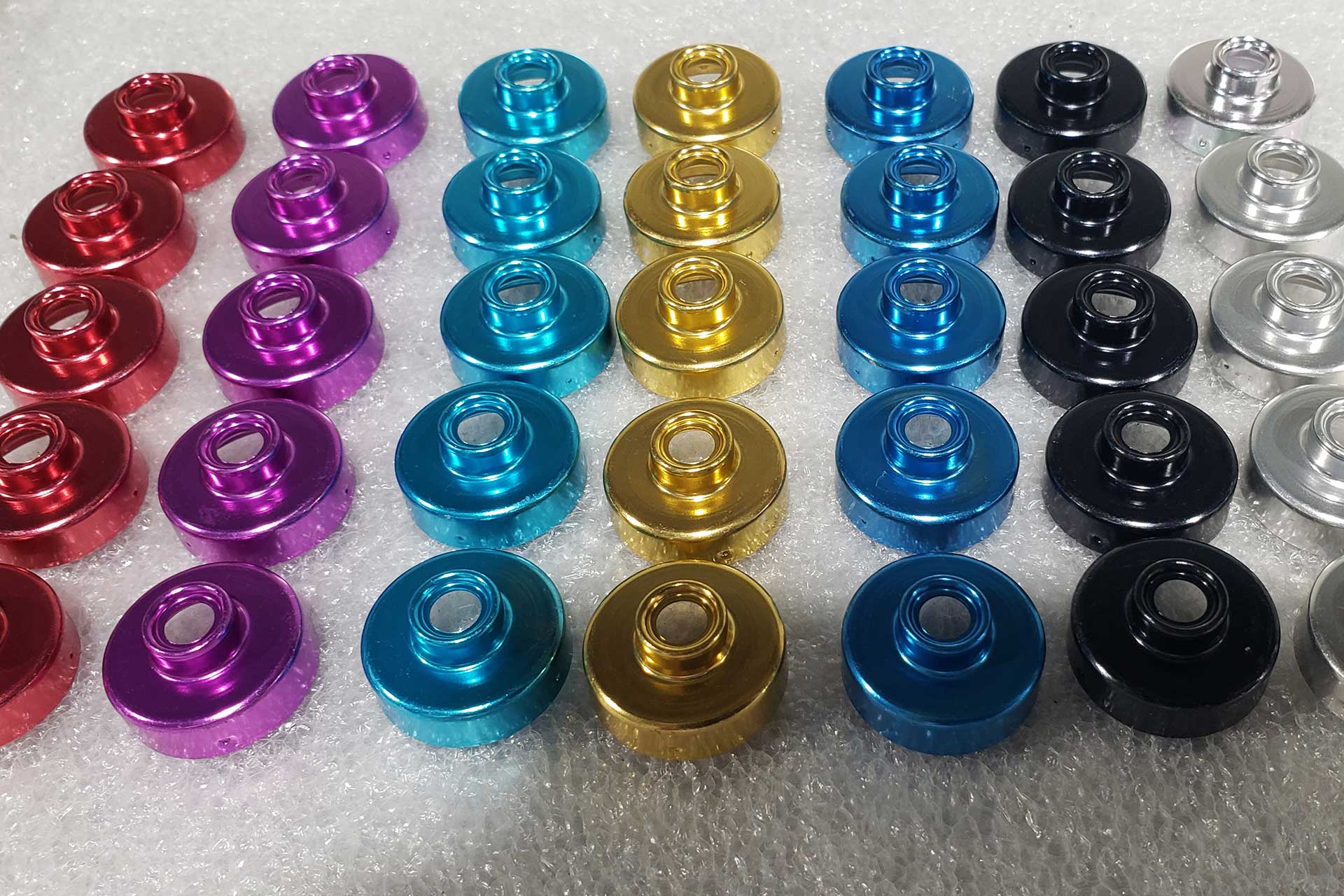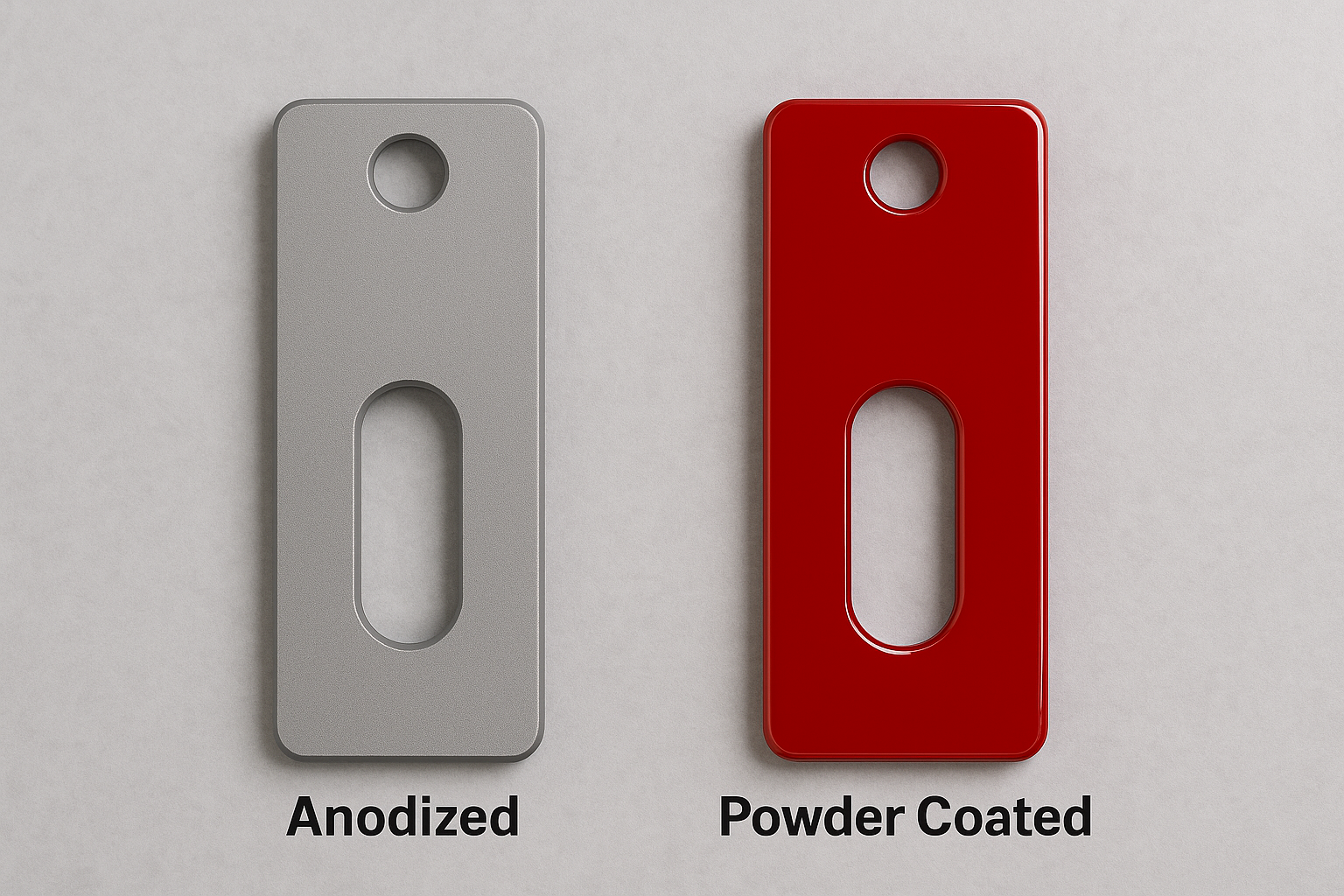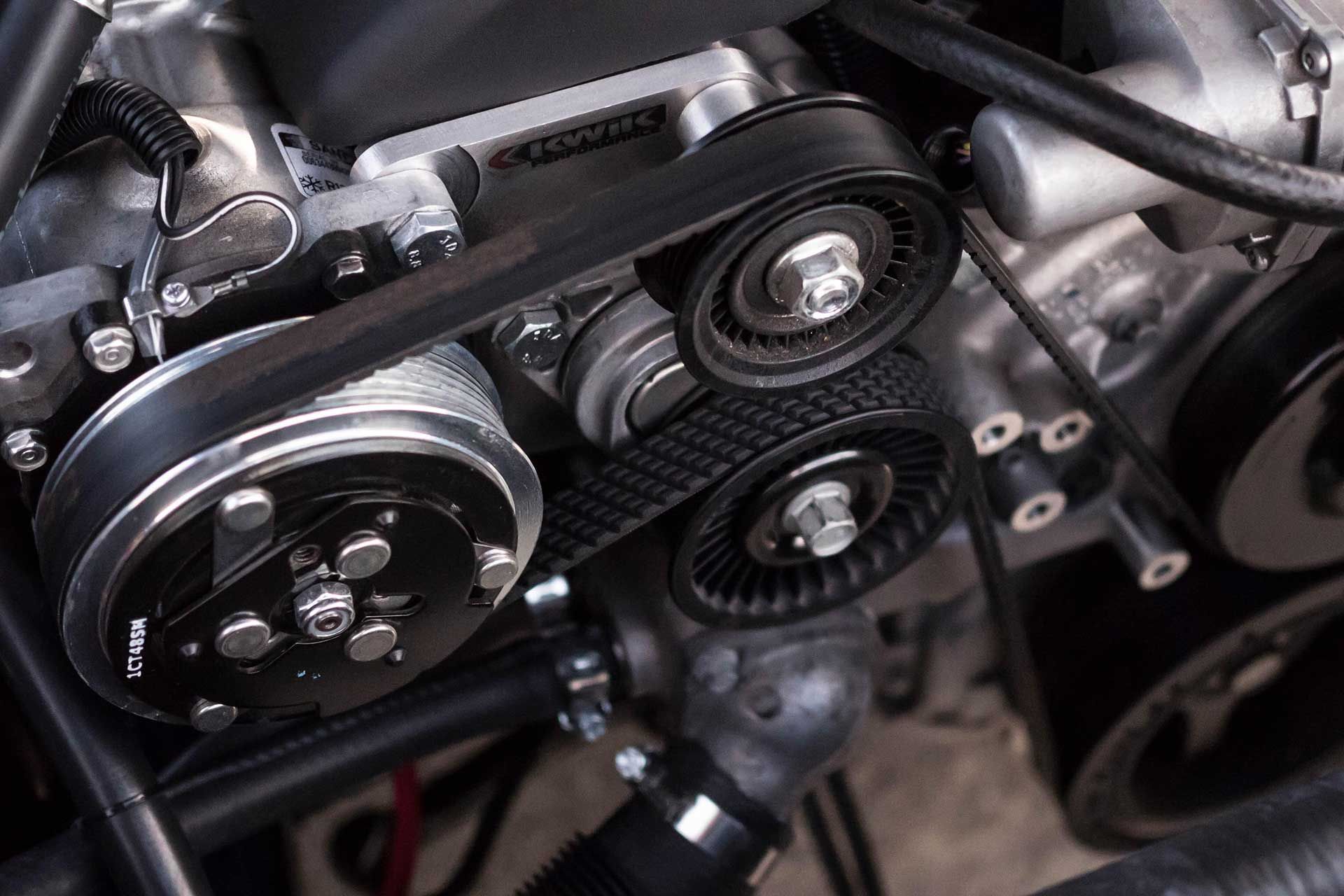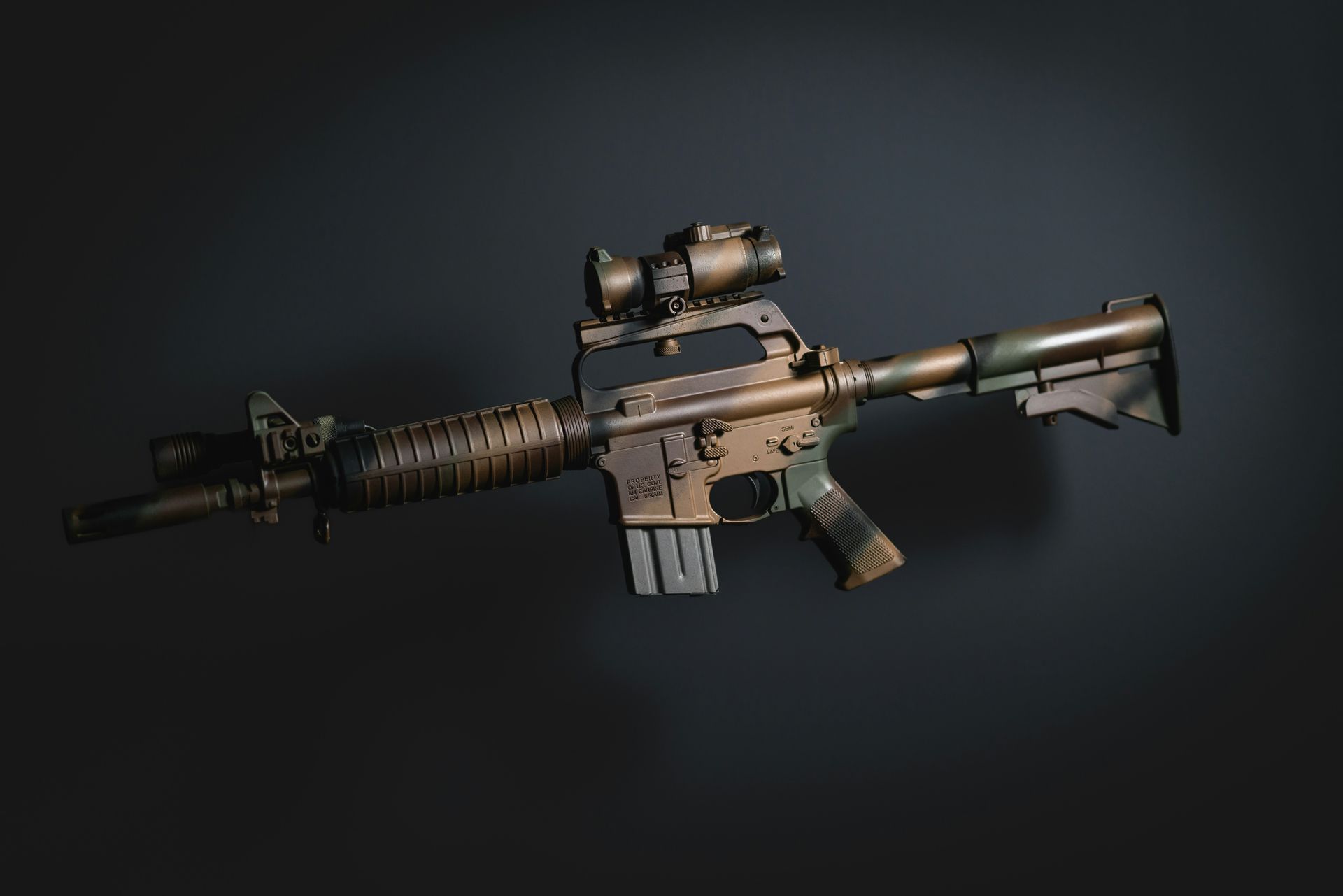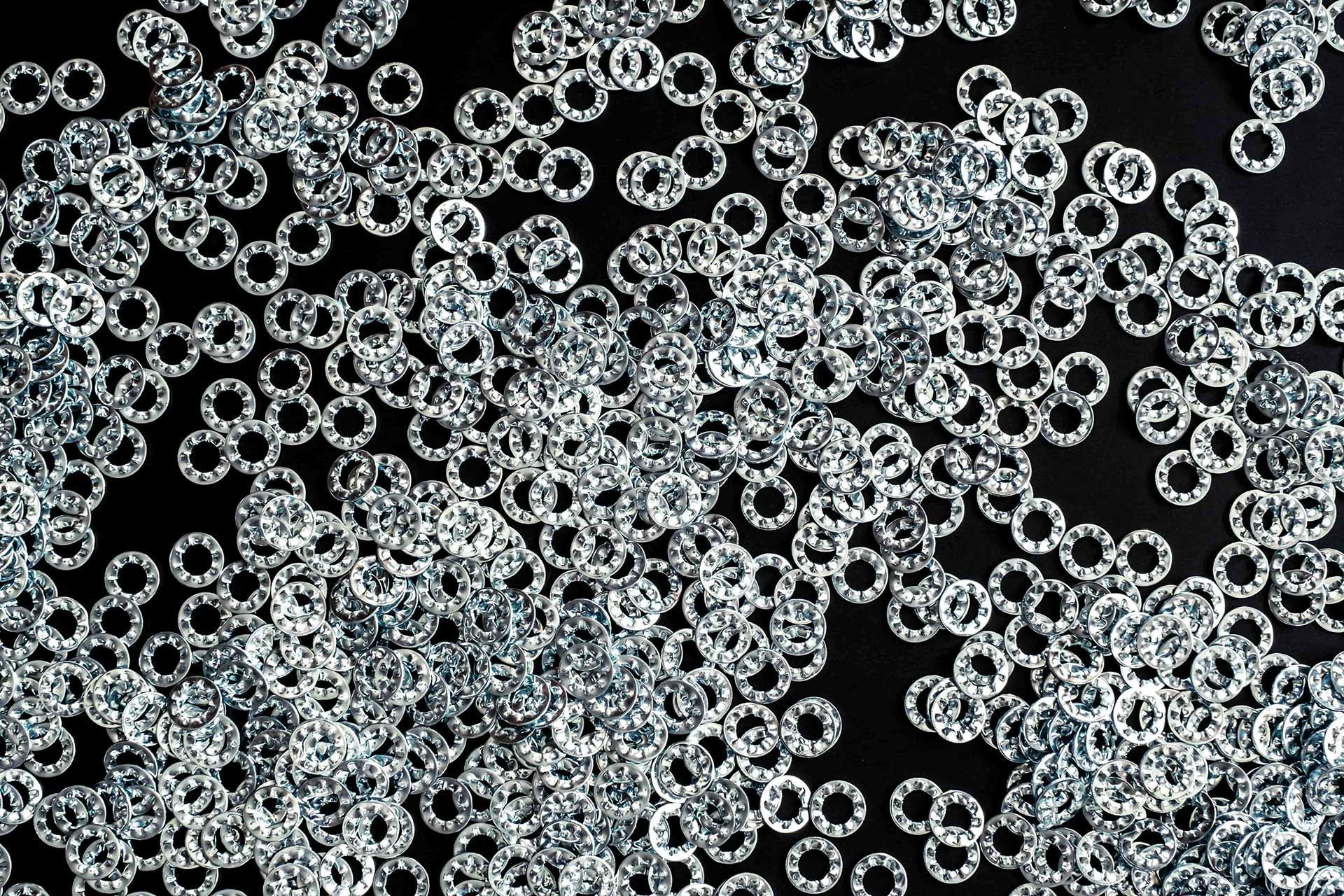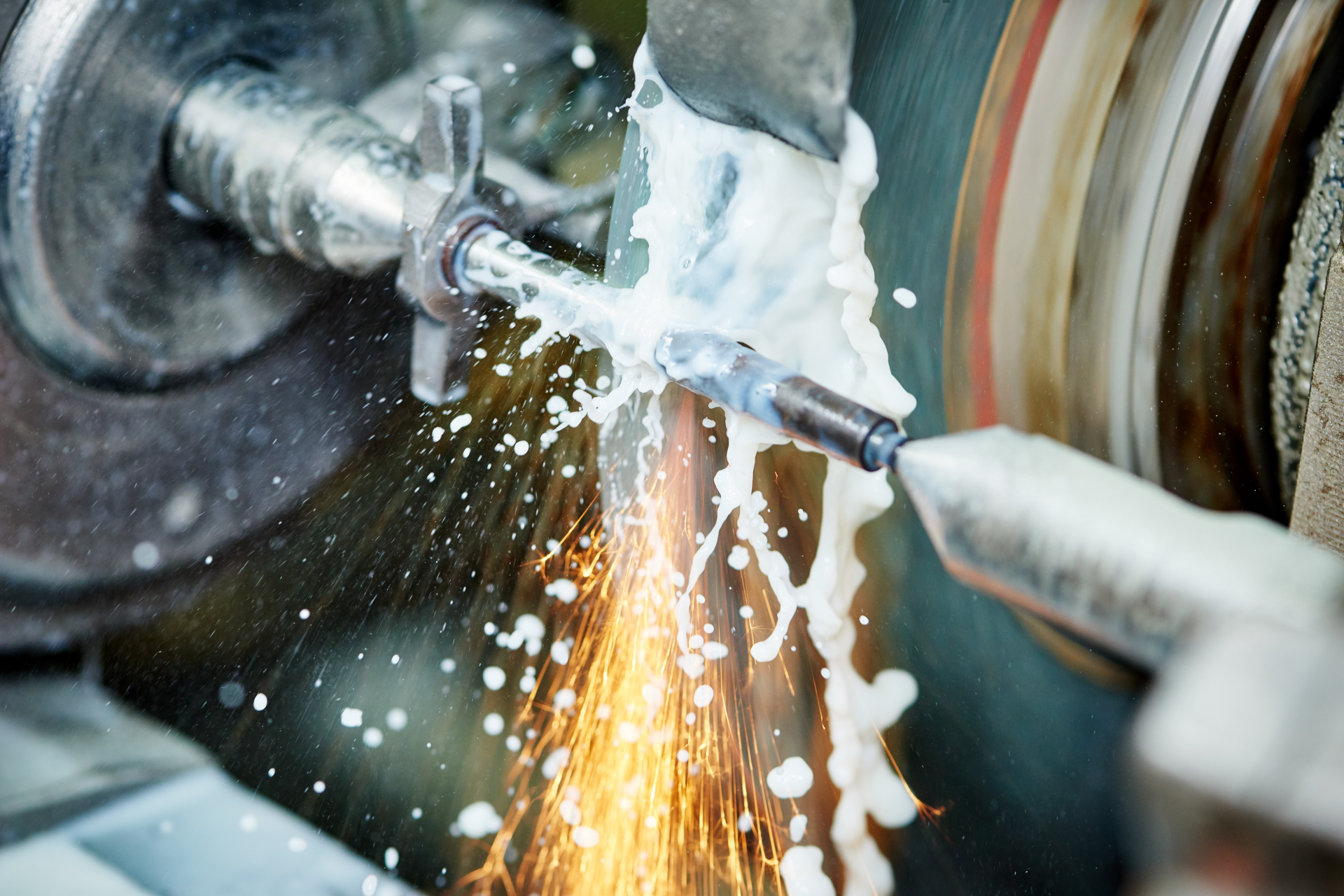How Anodizing Racks and Tooling Affect Coating Quality
In anodizing, every detail matters, including the racks and tooling used to hold parts during processing. Improper racking can lead to coating defects, uneven current distribution, or reduced throughput. By selecting the right anodizing fixtures and designing with contact points in mind, manufacturers can dramatically improve coating quality and part consistency.
Why Proper Racking Matters in Anodizing
Anodizing is a surface finishing process used to improve corrosion resistance, durability, and appearance in aluminum and other non-ferrous metals. However, the success of the anodizing process doesn’t depend solely on chemistry or timing, it also relies on how parts are fixtured.
The choice of anodizing racks and tooling directly impacts coating uniformity, electrical conductivity, and operational efficiency. A poorly designed fixture can cause uneven current flow, leading to blotchy finishes, thin spots, or excessive contact marks. On the other hand, an optimized fixture promotes uniform coating, increases part throughput, and reduces rework or scrap.
How Rack Design Impacts Anodizing Results
The ideal anodizing fixture should ensure:
- Secure, consistent electrical contact
- Even current distribution across the part
- Minimal disruption to visible or functional surfaces
- High load capacity without compromising coating quality
Contact points—the locations where the rack touches the part are particularly important. These points will not receive coating, so their placement must avoid interfering with aesthetics or functionality. During part design, engineers should identify areas where contact marks will have minimal impact.
Rack orientation also matters. Part geometry, surface area, and location in the tank all influence how current flows and how evenly the anodic layer builds. Consistent racking reduces variability, improves throughput, and enhances overall process control.
Choosing Between Aluminum and Titanium Racks
When it comes to racking for anodizing, most fixtures are made from aluminum or titanium. Each material has distinct advantages and drawbacks:
Aluminum Racks
- Lower cost and easier to fabricate
- Excellent electrical conductivity
- Undergo anodization themselves and require frequent cleaning
- Shorter lifespan due to oxide buildup
Titanium Racks
- Higher initial cost but significantly longer service life
- Do not build up oxide layers
- Often custom-designed for specific parts
- Higher electrical resistance can reduce current efficiency
Choosing between these materials depends on your production volume, coating requirements, and tolerance for maintenance. In some cases, a hybrid approach may be used, combining the conductivity of aluminum with titanium’s durability in high-wear areas.
Tips for Contact Point Placement and Rack Maintenance
To ensure optimal results:
- Design contact points early in the product development process
- Position contact marks on hidden or non-critical surfaces
- Inspect racks regularly for damage or oxide buildup
- Clean or recondition aluminum racks frequently
- Store and handle fixtures carefully to prevent bending or contamination
Neglecting fixture maintenance can result in poor conductivity, uneven coatings, and costly rework. Routine inspections and preventive care help extend rack life and preserve quality standards.
Work With LMC for Custom Racking Solutions
A high-quality anodized finish starts with the right foundation. The materials, design, and placement of anodizing racks and tooling all contribute to a more consistent, defect-free coating. Whether you’re troubleshooting an existing issue or scaling up production, optimizing your fixturing can make a measurable difference in both quality and efficiency.
At Light Metals Coloring, we work closely with manufacturers to evaluate contact points, customize fixture designs, and improve metal finishing process reliability. Our team brings decades of experience in Type II and Type III anodizing and understands how fixturing impacts everything from coating thickness to part aesthetics.
Need guidance on anodizing rack selection or custom fixture design? Contact us today to speak with a finishing specialist.
